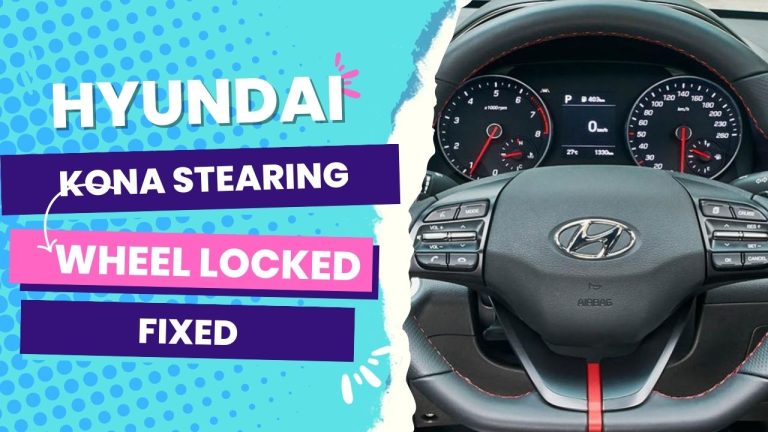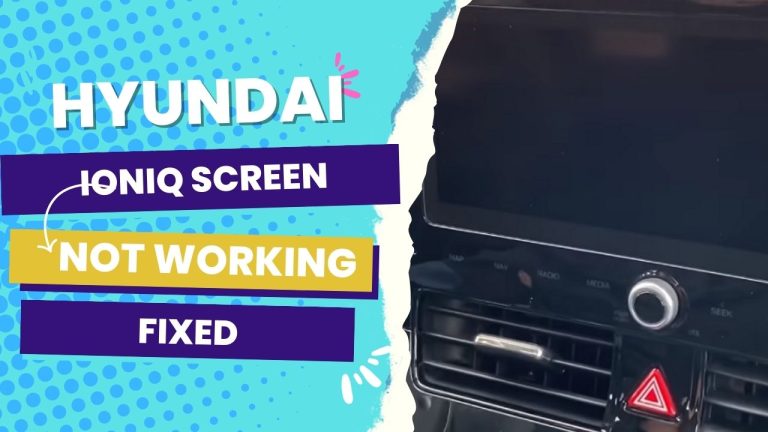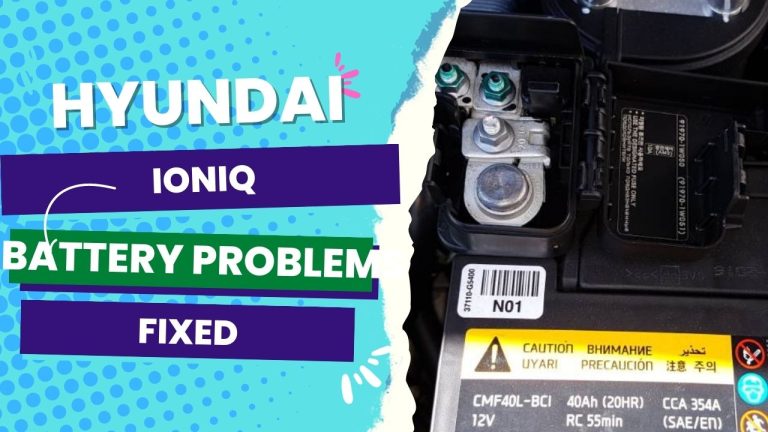The Hyundai Ioniq Electric may not charge if there is a faulty charging port, the battery is dead, or the charging cable is damaged. It can also be due to a software glitch or a malfunctioning charging unit. If you can’t fix the problem yourself, take your Hyundai Ioniq to a dealer to be looked at and fixed.
With these in mind, you’d want to click the “Charge Now” button under EV/Climate settings once the charging cable is plugged in and see what happens.
Also, ensure you don’t have a charge schedule, as this may override the immediate charging to a scheduled time. If it does have a charging schedule, you can press the button near the open charge port cover button to override the schedule and drive now.
The Hyundai Ioniq EV has continuously been associated with a string of mechanical complaints, one of which includes charging issues.
As a mechanical enthusiast with a decade of experience, I have been through enough IONIQ problems to know that when it refuses to charge, it is often due to a fault in the vehicle itself, which you can diagnose in a breeze.
The first time I had to overcome this hurdle was when I replaced my Mitsubishi iMiEV with the CPO 2019 Ioniq EV Limited, and it refused to charge.
In the rest of this article, you will learn the various conditions under which the Hyundai Ioniq won’t charge, how you can diagnose the issue, and then get the vehicle to start charging properly again.
You Can Skip To Sections Here
5 Fixes for When the Hyundai Ioniq Won’t Charge
Now, consider the following solutions after you have checked your charge lights at the wall connection to confirm whether or not there is any power going to the charge port: (The light indication is a tell-tale.)
1. Problem with the power socket
Before suspecting any issue with your expensive vehicle, it could be that the power to the socket has been cut. When this happens, your vehicle won’t charge.
The solution
You need to troubleshoot the power socket. To do this, plug another electrical item in the socket to see if it works.
If the additional device does not work, it means there is a problem with the power socket, which is the culprit behind your Ioniq not charging.
If the other electrical devices work, it means there is power in the wall socket, but perhaps the charging cable for the EV requires more power. (Another evidence is if the plug gets hot when plugged.)
So look into this and use the right power output or contact an electrician.
Is all well and good with the power socket? Then move on to checking the cable.
2. Faulty charging cable
Can you count the times you’ve driven across the charging cable?
When this happens frequently, it can damage the interior wiring of the charging cable and affect how properly it works for charging your Ioniq.
As a result, a faulty charging cable could be the root cause of your vehicle’s inability to charge. Fortunately, you can figure this out with just a simple check-over.
The solution
Unplug the charging cable at both ends and scrutinize it. Look out for breaks, tears, or cracks. If you can find one, it means your cable needs a replacement.
3. A scheduled charging glitch
The schedule charging glitch is an infamous issue for many IONIQ owners. It isn’t very pleasant to find out that charging hasn’t happened when you come to your vehicle in the morning, ready to drive out.
Here’s why it happens:
When you set up the scheduled charging through the app or your in-car screen settings, you also need to set a departure time so the system can calculate what time you need to leave and then work backward to charge your vehicle.
In short, your schedule charging won’t work if you don’t set a departure time.
Still, it is a glitch problem.
You’ll have to work remotely or cancel your trip if you don’t have enough charge percentage to drive to a fast charger. And even if you do, you must stop for a fast charger during your commute.
The Solution
Like most other EV problems, software updates can fix a schedule charging problem. But not everyone is savvy enough to upload. Fortunately, if you have the new Ioniq 5, you are probably aware of over-the-air (OTA) updates. Once you save the OTA download to an external drive, you can upload it to your car.
4. A fault in your Hyundai Ioniq
When your vehicle won’t charge, and you’ve checked all the above areas, you can suspect a problem with the vehicle itself. But more precisely, it stems from a failure of the actuator in the cable lock mechanism or the fuse in the actuator.
Here’s how you can be sure the problem is coming from the vehicle:
Sit in your car and initiate the charge cycle, and then observe if you’ll hear the click sound of the cable and charge port engaging. This is expected to happen because the charge has to synchronize with the car before releasing the charging power.
If the lock is not initiated, then the vehicle won’t charge.
The solution
Here, we are dealing with a problem with the actuator locking, and I don’t expect you to want to fix it. It is best to book an appointment with the car service center for a professional check-over. But there is no harm in knowing what is involved.
The solution to this will be to replace the fuse in the actuator since the actuator relay has failed. If you are comfortable doing this yourself, you can find a replacement fuse with the same reference number at auto parts stores.
5. Extreme weather conditions
As you know already, the Hyundai Ioniq is powered by lithium-ion batteries. Since Li-ion is made of ionized liquid, the liquid in a particular cell could freeze up during extreme weather conditions.
In such a situation, that cell can no longer receive a charge.
Even if all the cells don’t die, you will get a deteriorated charging capacity.
But this is a common problem with most electric vehicles. Generally speaking, EVs take longer to reach a charge in below-zero temperatures. It may even decide not to charge at all.
The solution
Suppose there is any silver lining in this situation. In that case, Hyundai uses a computer readout to inform you that your vehicle has been exposed to severe weather while charging. And so, you can take conscious measures with such notification.
There’s a 5-year warranty with unlimited mileage on your Ioniq. By extension, your Lithium-Ion battery has protection for eight years.
Charging Troubleshooting Tips from the Hyundai IONIQ Electric Owner’s Manual
Hyundai has outlined some troubleshooting tips that Ioniq owners can follow when the vehicle fails to charge after being plugged into a charging station or when using the portable charger.
As seen on page 54 of the EV’s owner’s manual, you should consider the following when faced with such a problem:
As you can see, all these tips listed align with the diagnoses we looked at in the previous section of this article.
Final thoughts
Multiple Hyundai Ioniq drivers on complaint sites have illustrated problems with charging their electric vehicles.
I’ve had a fair share of experience with my CPO 2019 Ioniq EV Limited charging system, but newer versions like the 2022 Hyundai IONIQ 5 are not ruled out.
I hope that the solution shared in the above article will help solve your charging problems or at least help you diagnose the culprit.
Good luck.




